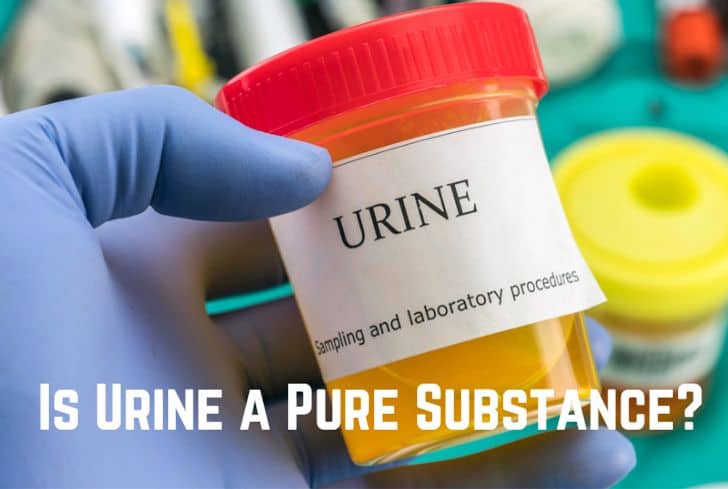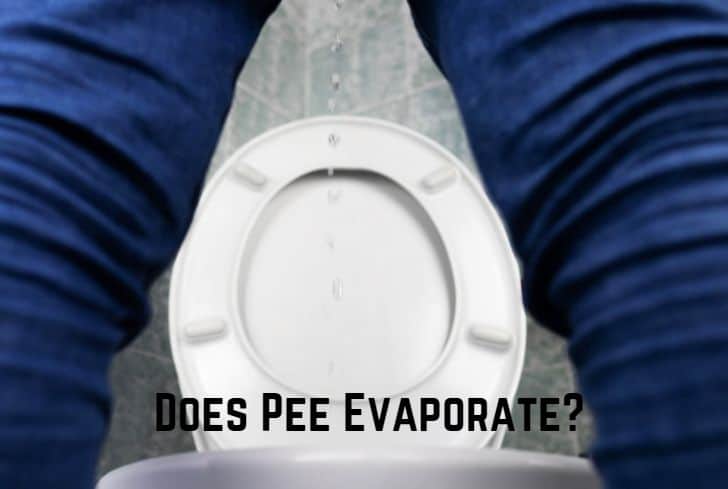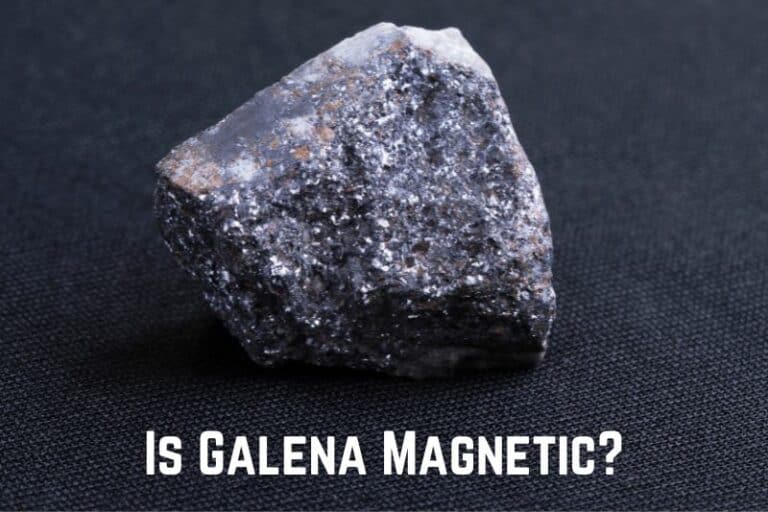Is Urine a Pure Substance? (No. It’s Not)

Even though our body is 70 percent water, some body fluids need to be discarded or thrown out of the body for a human being to stay healthy. Urine is a by-product in the liquid form of human metabolism. The kidney present in the human body is essentially responsible for urine production.
The urine is created in the kidney and is then carried by the ureters to the urinary bladder, from where it is discarded through urination. This is basic knowledge, however, have you ever wondered if this fluid that our body discards is pure or impure? Is urine a compound or simply a mixture? The article below answers all these questions.
Read on to know more!
Read: Is Steam a Mixture, Compound, or Pure Substance? (Answered)
Is Urine a Pure Substance?
Urine is not a pure substance. To be called a pure substance, that substance must be built with one building block. However, urine is made up of several materials that are not even bonded to each other. Urine has not one, but many building blocks and therefore, it is not a pure substance.
To understand why urine is not a pure substance, we first have to understand what is a pure substance. A pure substance is merely a substance that is made up of only one thing or has one building block. This element or compound is so well incorporated with its components that it cannot be broken down or separated into a simpler substance.
However, urine is made up of multiple substances – water, uric acid, chloride, sodium, potassium, creatinine, etc. Urine is not just made up of water but it contains dangerous components which if kept in the body will, in turn, hurt the person. Therefore, urine is discarded from the body after the proper minerals and vitamins are absorbed by the body.
Pure Substances
A pure substance is one that has just one type of particle in it and has a fixed structure. The chemical composition of a pure substance is fixed throughout the substance and it does not necessarily have to be a single element or compound. The matter of a pure substance is uniform throughout and has consistent properties.
A pure substance is basically a matter that has both definite and constant composition. It has very distinct chemical properties and can be identified by them easily. A more common name to be used for a pure substance is ‘chemical substance’. Any sample taken from the pure substance will have the same chemical composition throughout.
Types of Pure Substances
Pure substances can be of classified into two types, which are elements and compounds:
1. Elements
You cannot break down elements into two or simpler substances or change them into another form by any chemical or physical reaction. Elements simply contain an atom, which in turn has protons, neutrons, and electrons. They are mainly metals, nonmetals, and metalloids.
Some examples of elements are carbon, oxygen, hydrogen, silver, gold, iron, etc. An element has only one type of atom.
2. Compounds
A compound is a substance that is made from two or more different elements that are the result of a chemical reaction. In other words, it is formed by chemically bonding two or more chemical elements. Elements present in a compound are chemically combined and have a fixed ratio throughout. You can break them down by chemical means.
Some examples of compounds are water (H2O), table salt (NaCl), alcohol (C2H60), sulphuric acid (H2SO4), Ammonia (NH3), nitrous oxide (N20), etc.
Properties of Pure Substances
- Usually, there is only one molecule or atom in a pure substance and they are homogeneous.
- Pure substances normally have a fixed composition throughout the substance.
- The melting and boiling points in pure substances are fixed.
- Pure substances participate in chemical reactions to give rise to predictable products.
- All the constituent particles present in a pure substance have the same chemical nature.
Examples of Pure Substances
A few examples of pure substances are:
- Chlorine
- Oxygen
- Water
- Copper
- Tin
- Sulfur
- Diamond
- Baking Soda
- Gold
- Table salt
Read: Is Soil Heterogeneous or Homogeneous Mixture? (Answered)

Is Urine a Homogeneous or Heterogeneous Mixture?
The composition of urine varies from time to time and therefore it can be homogeneous and heterogeneous. If the urine is clear, it is a homogeneous mixture, however, if it is cloudy, it is a heterogeneous mixture. The urine becomes cloudy from time to time due to the undissolved solids.
Urine is formed by three main steps in the human body, glomerular filtration, reabsorption, and secretion. Urine contains 95 percent water and only 5 percent waste products like irons of sodium, potassium, and calcium. Nitrogenous wastes such as creatine, urea, and ammonia are also discarded by the body through urine.
The kidneys are responsible for filtering the water and producing a waste-filled liquid that is discarded by the body. If the body has extra water in it, even that is sent out of the body through urine. All the unnecessary minerals, vitamins, or toxic materials are thrown out of the body in the form of urine.
Urine can be of many colors depending on its constituents. Normally the color of urine ranges from pale yellow to deep amber. The color is due to the presence of a pigment called urochrome and how contracted the urine is. At times, pigment and the compounds in certain foods can change the color of urine.
Urine contains biochemical waste that is generated from the breaking down of old red blood cells. Urine that is pale yellow in color signals that the person is healthy and hydrated, as it is directly a representation of the water intake by the body.
Therefore, when the color is dark yellow it means that the urine is a heterogeneous mixture and contains a lot of biochemical waste in it. However, clearer urine means homogeneous urine. The composition of urine changes from time to time and therefore is not always the same. It vastly depends on the food intake by the person and health.
Read: Is Air a Heterogeneous or Homogeneous Mixture? (Answered)
Is Urine a Compound?
Urine usually contains water with byproducts like urea, and phosphorus, which contain compounds. Due to these reasons, urine is considered to be a mixture and not a compound. It is formed by the combination of two or more chemical products and therefore is not a pure compound.
Scientists have revealed that urine has more than 3000 compounds. A compound is a substance that is made up of two or more elements that have been chemically joined. In a compound, the atoms of different elements are bonded together in the molecules and melt into each other.
Urine has more than 95 percent water and has many different compounds present in it which makes it a mixture. The components in urine are not in a specific ratio, unlike in a compound, therefore, making it merely a mixture containing different compounds.
The formation of chemical bonds between two or more substances forms a compound. Although urine contains several different compounds, it is not a compound itself. The water and compounds are simply in a mixture together, they are in no way bonded to each other.
Frequently Asked Questions
What Color of Urine is Considered Bad?
The normal color of urine is pale yellow, although it can vary depending on the food consumed and the health of the person. When the color of urine is brown, red, or purple it can mean that the concentration and accumulation of substances in it have increased. A doctor should be contacted in such cases.
Is It Safe To Drink Urine?
Although we do not suggest you drink your urine, it is said that it is possible to drink urine. A person who is healthy and fully hydrated, will not be harmed by a drink of his/her urine. Urine is composed of 95 percent water as mentioned above, however, also contains microorganisms and waste products.
Does Clear Urine Mean Kidney Problems?
No, clear urine does not mean you have kidney issues. Clear urine is mostly an indication of a lot of water that has been drunk. However, in certain cases, it might be a signal of an underlying health issue. Other reasons for clear urine might be diabetes, diabetes insipidus, medications, etc.
Is It Bad To Hold Back Urine For a Long Time?
Although holding back urine for a small time is considered to be okay, holding urine for a long time can weaken the bladder muscles over time. In turn, this leads to problems such as incontinence and being unable to completely empty the bladder. Therefore, urine should not be delayed for long hours.
Final Thoughts
Urine is a heterogeneous mixture of different compounds, and the components in it are not in a specific ratio. The nature of urine varies from time to time and also on the health of the person and the food consumed by him/her. The formation of urine is an essential part of our body and helps in keeping our body healthy.
We hope that this article has helped you understand the science behind urine and its chemical composition a little bit more.






![Is Chapstick Flammable? [Lip Balm, Lipstick, Lip Gloss]](https://eartheclipse.com/wp-content/uploads/2023/03/is-chapstick-flammable.jpg)